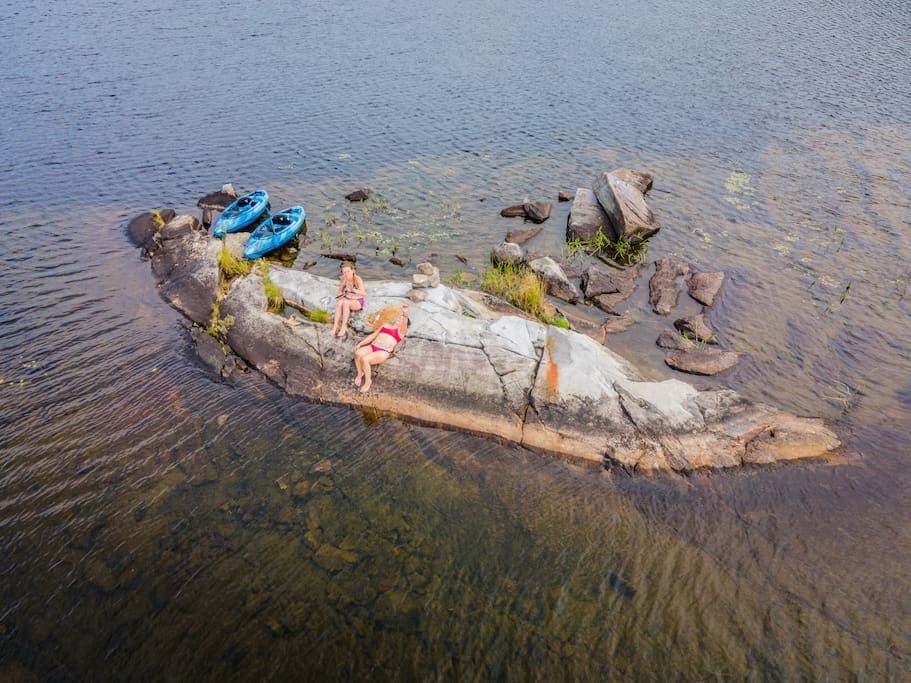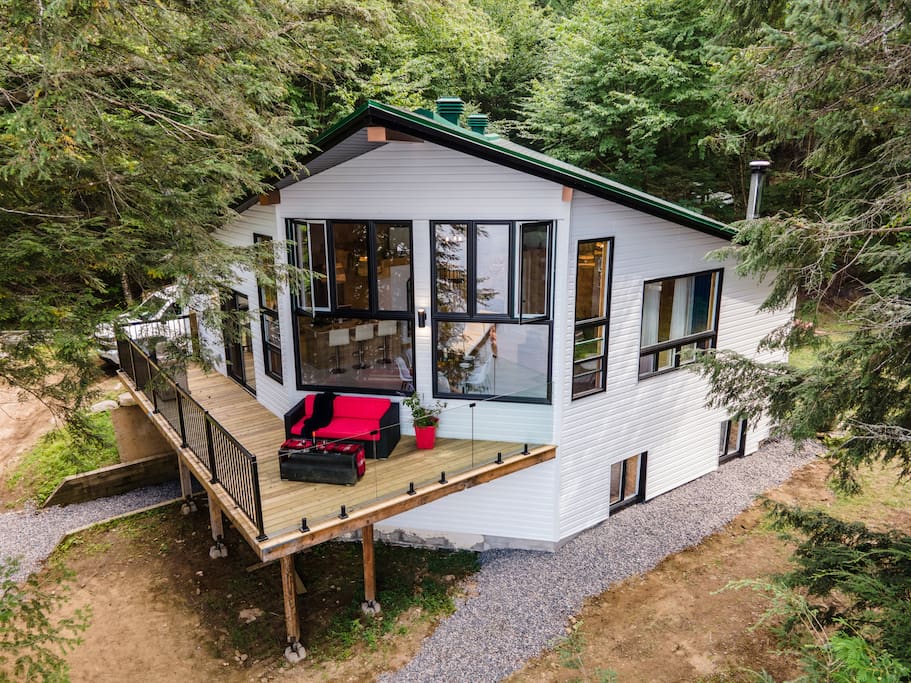Whether you need a break from a hectic work schedule or want to connect with nature, booking a retreat allows you to unplug from the outside world and enjoy the breathtaking view. It’s also an opportunity to maximize the high-quality amenities and connect with like-minded individuals.

When finding a destination for your time off work, you might immediately recognize a chalet-style retreat house, even if you’re not an architecture expert. These wood-framed houses make the perfect vacation homes and are an excellent investment for people who want to settle in a charming, cavernous place.
In this article, we’ll discuss what a chalet-style retreat house is, its short history, and its ideal appearance.
What Is a Chalet-Style Retreat House?
A chalet is a European-inspired home best known for its uncomplicated design, construction, and sloping roofs. You can find them in woodsy lakeside communities, mountainside ski resorts, and vacation spots offering breathtaking outdoor views.
A Short History
People refer to a “chalet” as any small mountain retreat house. Historians first trace the term “chalet” back to 1328 when people described these establishments as simple log cabins built by farmers in Canton de Vaud in Switzerland.
The familiar chalet retreat house designs emerged in the middle of the 19th century. Around this time, French and English visitors travelled to Switzerland and found inspiration from Swiss architecture. They then returned to their home countries with new ideals of Swiss chalet retreat homes and made their native versions.
The chalet style grew famous worldwide, where Swiss companies presented blueprints in catalogues to allow people to build their Swiss chalet retreat house. These records featured different basic customizable designs, allowing homeowners to get highly ornamented gingerbread-style houses that we associate with the chalet style.
The Ideal Appearance
Chalet retreat houses are famous for their unique triangular roofs with pitched roofs and overhanging eaves covered in wooden shingles. These roofs work best for colder climates because the slope prevents large amounts of snow buildup.
Traditional chalet retreat houses were only initially suitable for steep, uneven terrains. They also had compact footprints that reduced the needed excavation for building a house. Fortunately, homeowners can now select from different sizes, thanks to advancements in building materials and techniques.
Primary Materials
Chalet retreat homes are typically built from natural materials to fit the rural surroundings. People typically build these homes from wood, treated to withstand the elements and are usually left unfinished.
The chalet retreat home’s colour depends on the pieces of wood in its structure. Old chalets use locally-sourced materials, but thanks to globalization and transportation advances, you can build chalets from different types of lumber worldwide.
Some homeowners may want to paint the exposed wood, but most chalet retreat houses in the market comply with the historic design traditions.
Building Structure
They are usually two stories tall and feature several windows to provide natural light and a breathtaking view of your surroundings.
Interior Design
The interior design is usually an open-concept space that creates a comfortable atmosphere that you may associate with a ski lodge. The main room usually offers a fireplace that can help you stay warm from the cold air.
Most chalets have loft spaces above the main room, where you can convert them into home offices or bedrooms. You may also turn them into a cozy semi-private space to help you relax.

Unplugging to Relax
Whether you want to spend some time off with yourself or your loved ones, a chalet retreat is a good idea if you want a secluded, breathtaking getaway. And if you want to ensure you’ll have a good time, book with WeChalet.
WeChalet Retreats offers relaxing chalet retreat house to help you unwind, reconnect with nature, and become responsible stewards of our planet. Explore your options now!